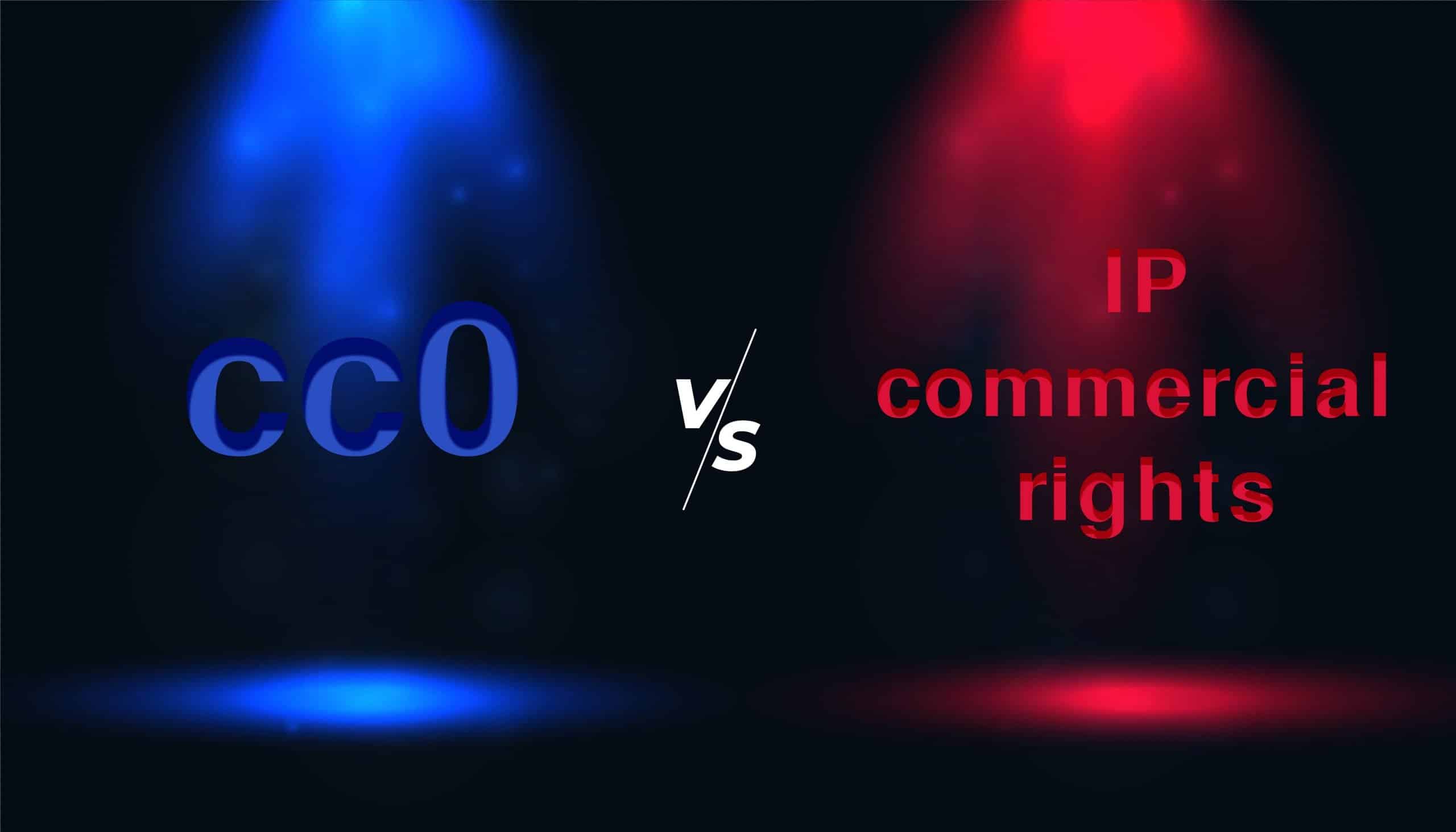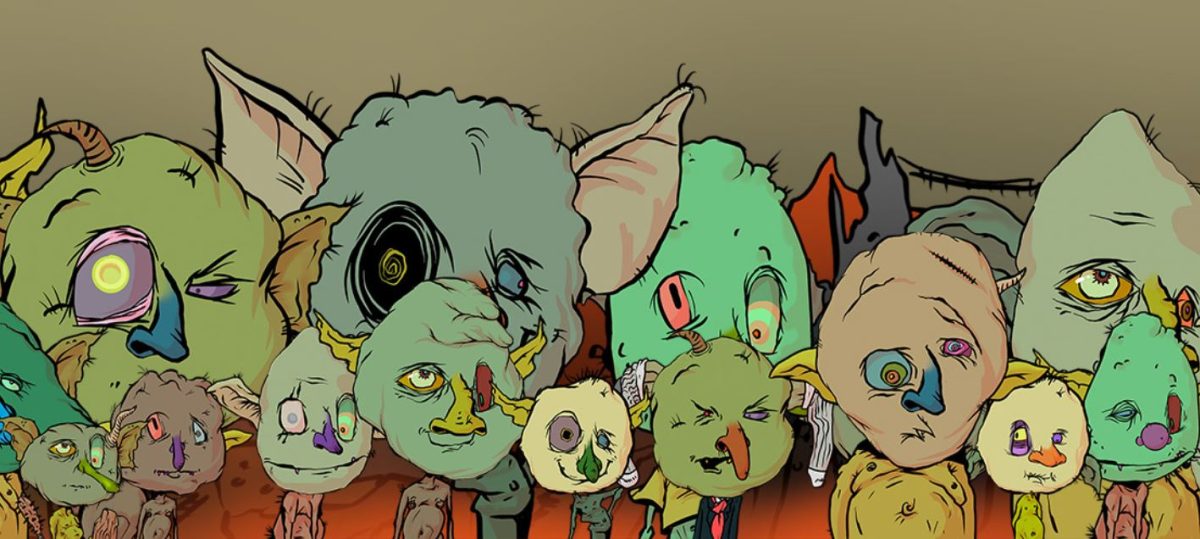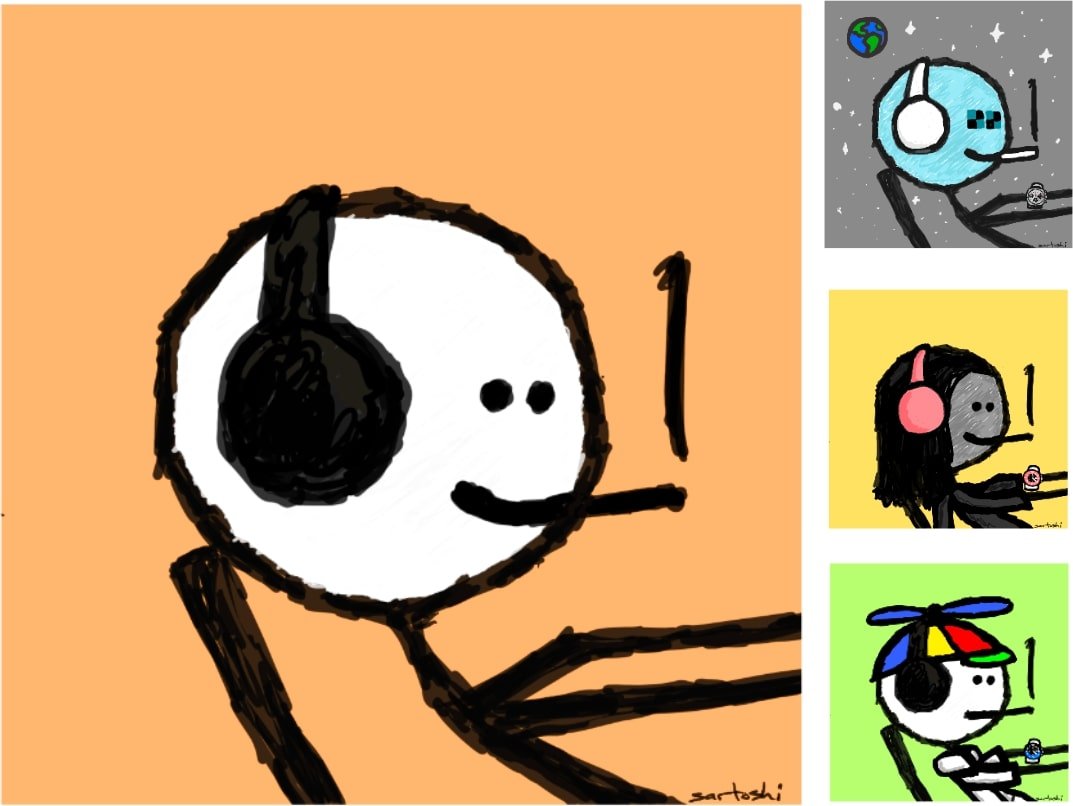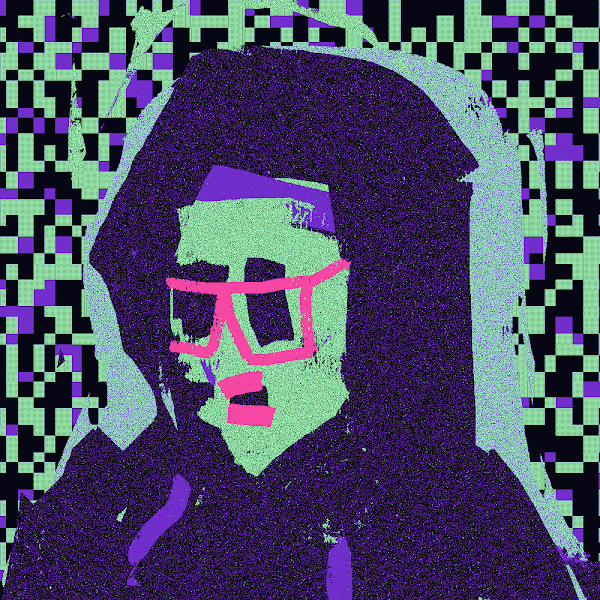All investment/financial opinions expressed by NFTevening.com are not recommendations.
This article is educational material.
As always, do your own research before making any kind of investment.
all about cryptop referances
So you’re wondering what the hell is a cc0 NFT? Well, cc0 NFTs are hugely popular lately and are the open and transparent side of branding loved by decentralization maxis. Projects like CrypToadz, Blitmaps and Mfers all have “Creative Commons Zero” artwork. But what does cc0 mean? And how does it relate to NFT IP commercial rights?
Usually people think that just because you make an NFT, you just get the picture. However, some NFTs are not so simple. While some offer the license to intellectual property rights (IP), other holders provide nothing at all.
Obviously, knowing your rights with NFTs is important. So let’s get started with the most popular rights behind NFTs today, cc0 rights and their importance in the NFT scene.

The term cc0 means “Creative Commons Zero”. Basically, this means that the owners of IP (intellectual property rights) give up all copyright and similar to the public domain. In other words, absolutely anyone can use cc0 articles for almost anything they want. Cc0 rights allow anyone to use the IP to create their own content.
A cc0 NFT is a piece of digital content where the IP rights have been relinquished. In short, anyone can reproduce a cc0 NFT. Even non-holders can create commercial goods from cc0 NFTs without legal consequences.
Furthermore, with a cc0 NFT, you don’t have to attribute the original creator if you were to use it.
For example, the top project Goblintown grants full cc0 rights to their artwork.

Of course, cc0 NFT has its pros and cons. However, most advantages can also become disadvantages. Essentially, it all comes down to your view on the matter.
Once you own a cc0 NFT, you can commercialize that artwork in any way you want. You do not need to ask the project owner or artist for permission to use NFT.
On the other hand, everyone else can use it too. The IP is in the public domain, which means that someone who right-clicked your NFT has just as much right to it as you. Yes, even a complete stranger to the collection can use the brand for his own company.
Subsequently, project owners of cc0 NFTs are not in control of their branding. That’s because literally, ANYONE can use the likeness in any way, shape or form.
In comparison, full commercial IP rights only allow the holder to use the likeness of that NFT. This opens up a whole range of options for licensing IP to others. A good example of this is the Bored Ape Yacht Club. Basically, BAYC offers commercial rights, with many monkeys licensing out their NFT IP for music videos, movies, TV shows and fashion. That’s part of the freedom that comes with owning full IP rights.

Some say it is ugly, some praise it for its uniqueness. Regardless, Goblintown has been making waves among NFT collectors. The 10K avatar NFTs are all cc0, thus allowing holders to commercialize them in any way. In this case, it can be valuable to have a Goblintown NFT registered under a creative commons license. When it comes to design, these collectibles definitely stand out.
In fact, the controversial project redefined the concept of beauty in the NFT sphere. The floor price of the collection is 1.9 ETH with many NFT whales supporting the project. Surprisingly, Steve Aoki even hosted a Goblintown NFT NYC Party this summer.

No avatars, no pictures and no statistics – just white text on a black background. Simple as it may seem, Loot has redefined community interaction with NFTs. Basically, each of the 8K NFTs is a “loot bag” filled with railings.
Since these digital assets are cc0, anyone can use them for their own project. From P2E games to innovative tools for oddity explorers, this project fostered the creativity of developers. Today, the floor price of a Loot NFT is 1.03 ETH – an impressive achievement considering that coining was free at launch. If you want to find out all about the complex Loot ecosystem, check out our post here.

Few projects represent meme culture better than Mfers. This hand drawn project consists of 10K avatar style NFTs created by none other than Sartoshi. In short, many NFT community members believe Sartoshi is a leading meme creator on NFT Twitter.
Simple as they may seem, the digital stickmen took over the market shortly after their launch. Today you can buy one Mfers NFT at the floor price of 1.18 ETH. However, some of the rarest pieces were sold for 11 ETH, increasing the popularity of this cc0 project.

Looking for a cc0 NFT project featured in a Super Bowl commercial? Then Noun is the answer. Be aware, though, because these pixelated avatars have a floor price on them just 99 ETH. In fact, this is undoubtedly one of the most successful cc0 projects to date.
Unlike most NFT collections, nouns do not have a number of NFTs. Instead, NounsDAO auctions off a new digital asset every day; the team’s plan is to continue this process “forever”. Therefore, NounsDAO (co-managed by all NFT holders) has one of the largest treasures in the NFT sphere.
The short answer is “maybe”. This year we have seen more and more cc0 NFT projects rise in popularity. Collectors, game developers, and artists all enjoy the freedom to use their NFTs as they please.
A quick look at this summer’s most popular projects also proves this. For example, Goblintown – a project with no roadmap or utility – went from a free mint to over $130K in sales. Their Twitter community has more than 124.5k followers who continue to support the strange collection. Even in the bear market, this new project is thriving impressively!

This successful achievement has inspired other NFT creators to move to cc0 as well. For example, prolific digital artist XCOPY has announced that all of his NFTs will be cc0. As holders receive the IP rights for each piece, this means that XCOPY’s artwork will inspire many other new artists and projects.
But not each the project going to cc0 has been well received. One of the latest examples is Moonbirds. This week, the popular project revoked its commercial NFT rights for cc0. Unfortunately, the team faced immediate backlash from their own community members.
Consequently, the shift to cc0 goes against the initial promises Moonbirds made to the coiners. Nevertheless, their decision is legal, despite society’s disapproval.
To conclude, we will likely see more cc0 NFT projects in the near future. The new trend facilitates distribution of NFTs by empowering holders to use digital assets as they wish. Some of the most successful projects on the market offer cc0 collectibles, which has convinced top artists to embrace the change as well.
All investment/financial opinions expressed by NFTevening.com are not recommendations.
This article is educational material.
As always, do your own research before making any kind of investment.